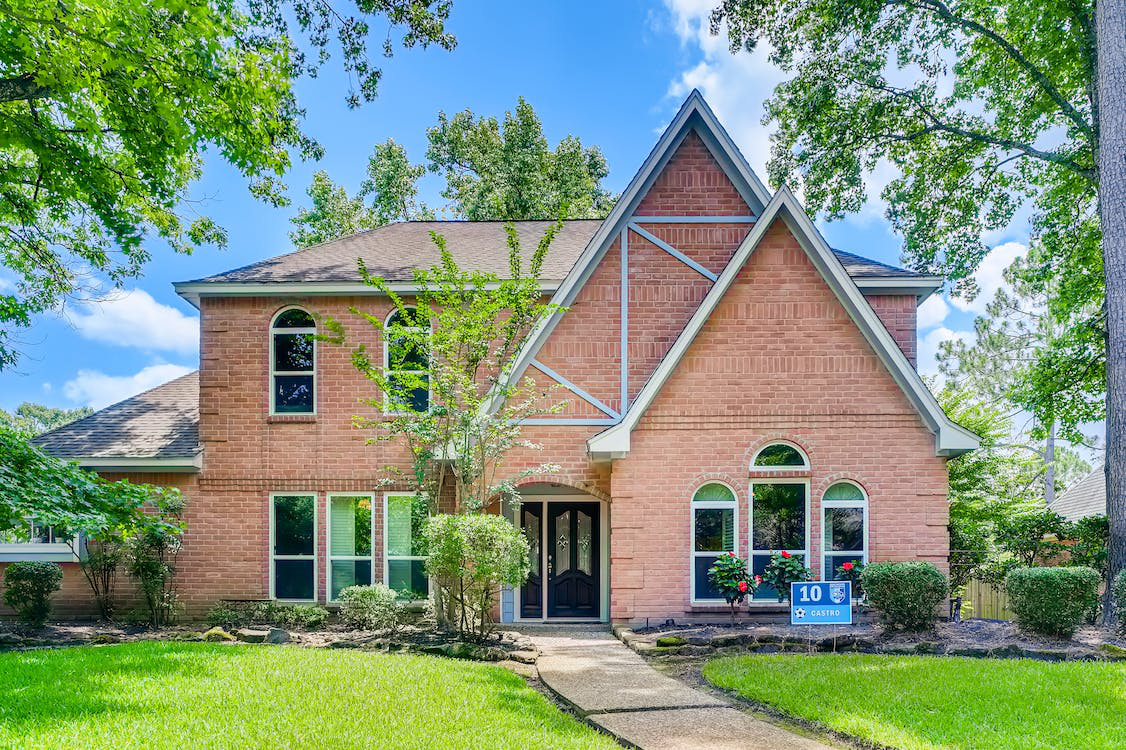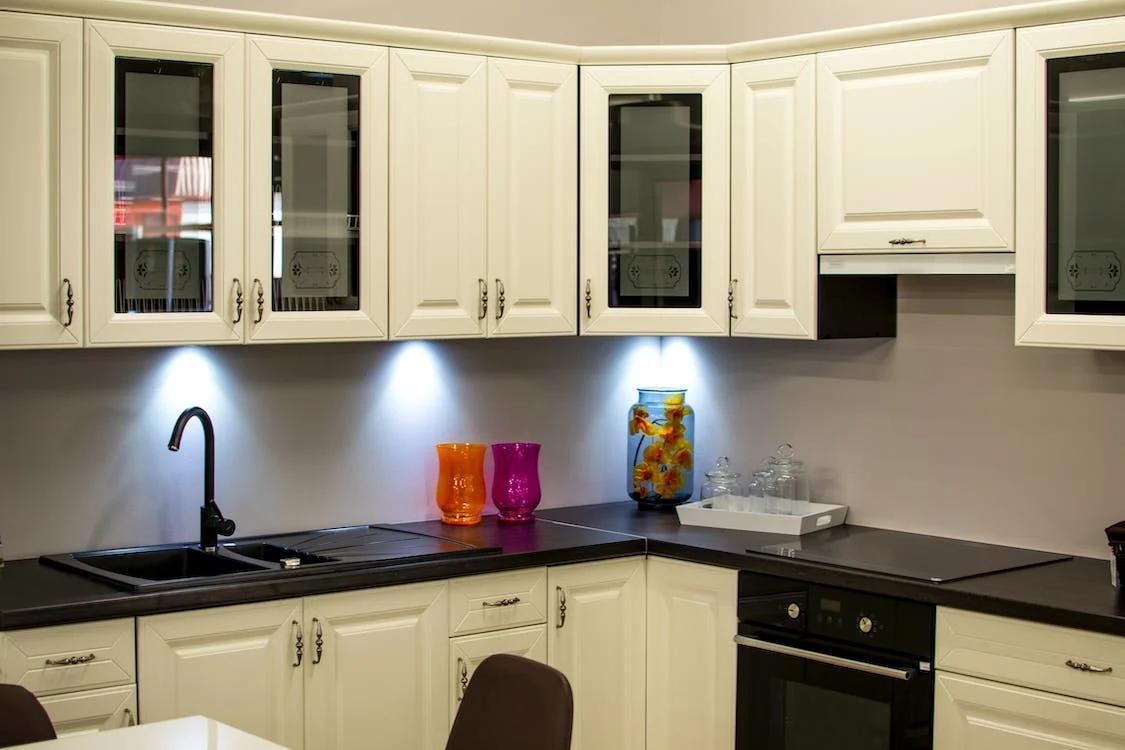What Are Post-War Buildings In NYC?
Benefits of post-war buildings are:
- A rich variety of architecture is available, especially buildings from the 50s and 60s
- They usually have better amenities than pre-war buildings
- It’s relatively easier to find a post-war condo
- Post-war apartments have better natural light and more closet space
- They are more affordable compared to pre-war buildings
- The cost of renovation is usually lower
Some cons of post-war buildings include:
- Lower ceilings make the apartments feel cramped
- Minimal aesthetic value and unattractive architecture (a lot of white/red-brick boxes)
Post-War Building Examples
1. Solomon R. Guggenheim Museum (1071 5th Ave) was built in 1959 and has beautiful post-war architecture. It was designed by the famous architect Frank Lloyd Wright.
2. Seagram Building (375 Park Avenue Manhattan) is a 516-feet high skyscraper completed in 1958 and is counted among the best post-war architectural examples (NY Times).
3. Imperial House (150 East 69th Street) is a 30-story post-war apartment building completed in 1960 and became a co-op in 1971.
What Are Pre-War Buildings In NYC?
Some pros of pre-war buildings are:
- The character that comes with old, established buildings
- High ceilings, hardwood floors, and often solid wood doors
- Most pre-ward buildings have a unique interior and architecture
- Thicker walls prevent noise pollution
Some cons of these buildings include:
- Condos are very rare, so buyers are limited to co-ops
- Renovations can be quite expensive
- In-building amenities like pools, gyms, common rooftops are uncommon
Pre-War Building Examples
1. Chrysler Building (405 Lexington Ave) was completed in 1930 and remained the tallest building in the world for 11 months. It’s still the 12th tallest in NYC and the tallest brick skyscraper in the world.
2. Liberty Tower (55 Liberty St) in Manhattan is a 385 feet apartment building with a very small footprint. It was completed in 1910.
3. River House (435 E 52nd St) is a beautiful art-deco architecture building in Midtown East, overlooking the East River. It was completed in 1931 and had 26 floors.















